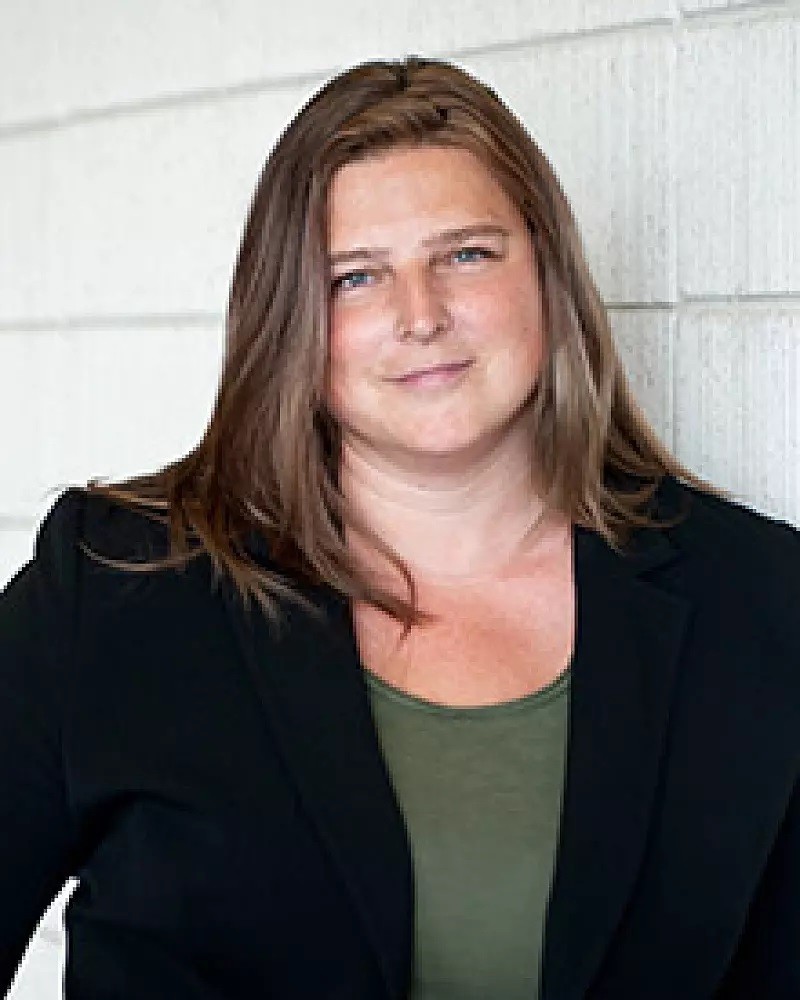According to Waste Direct, the construction and development (C&D) sector ranks among the top environmental offenders, generating over 40% of CO2 emissions worldwide and consuming half of all extracted raw materials. Despite this, it remains one of the slowest industries to embrace and adopt innovations in sustainability.
To further sustainability in C&D, Professor Daina Mazutis has received a Social Sciences and Humanities Research Council Partnership Development Grant to form the Sustainable Construction & Development Applied Research Partnership (SCDARP), comprised of the Telfer School of Management, the Smart Property Institute (SPI) and Circular Economy Leadership Canada (CELC).

The partnership’s goal is for industry and academia to collaborate on both practical and theoretical research that accelerates change towards a low carbon, circular economy in the C&D sector.
It will develop business cases, theoretical frameworks, policy solutions and evidence-based toolkits to mobilize solutions stemming from research on zero-waste, low carbon and circular C&D practices.
For Mazutis, “the partnership with CELC will help foster connections as well as knowledge mobilization, and SPI’s partnership will bring in the policy and legislative perspective, which is especially relevant given the federal government’s renewed focus on the built environment.”
Overcoming industry apathy with real-world examples
Industry apathy poses a serious barrier to achieving critical climate goals such as Canada’s commitment to achieve net-zero emissions by 2050 through the Canadian Net-Zero Emissions Accountability Act.
Circular economy (CE) models offer a promising way to disrupt the conventional “take-make-waste" approach by keeping materials in use for as long as possible. However, there’s a lack of real-world examples and applications demonstrating how circularity can work effectively in the C&D sector, particularly in Canada.
Organizations and professionals associated with the project will benefit in the following ways:
The CELC will gain access to research and expertise to develop case studies and financial, environmental and socio-economic metrics linked to circular C&D projects, pilots and demonstrations.
The academic partners (Telfer and SPI) will gain access to CELC’s members and expertise in circular business models in the C&D industry.
All partners will benefit from combining academic and practical insights to enhance understanding of the opportunities and challenges in leveraging circular business models in the C&D sector.
The partnership brings together knowledge and expertise across a spectrum of academic fields and economic sectors. This makes it well positioned to tackle the multifaceted challenges of shifting the C&D industry towards sustainability and circularity, leading to academic policy papers and helping guide industry leaders.
Benefits for academic research and graduate student training
Emma Segal, a PhD student with over 20 years’ experience in the sustainable design industry who’s involved in the study, has a “deep interest in how things are made, and how we can make them better.”
Her PhD research is focused on “designing out waste, pollution and health impacts from the beginning, rather than having to clean up the mess at the end of life.” For her, the project’s core goal is “to make the business case for why more businesses should adopt these innovative and transformative approaches.”
Segal adds: “I’m particularly interested in how we can leverage knowledge from academia into policy.” She’s excited to “contribute to building a practical and high-impact repository of cases that any business can use as their how-to template for increased sustainability and circularity.”
Who will benefit from this research
The project will be driven by the needs of the partners and affiliated organizations, which will contribute to both the theoretical knowledge on circular business models and policy enablers in the C&D sector.
Bridging academics, practitioners, not-for-profits and graduate students, this partnership will bring the C&D sector’s unique perspective to global discussions on building a resource-efficient, sustainable and circular economy.







